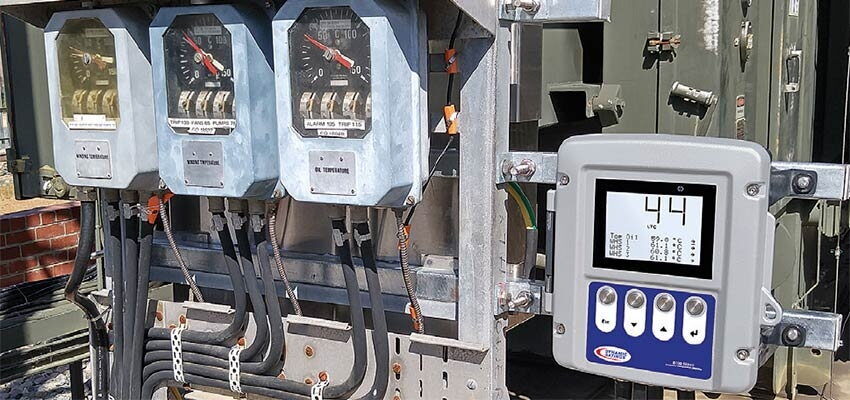
Column: Condition monitoring
Improved transformer temperature monitoring Abstract This article discusses transformer temperature monitoring where a strategy of reduction in maintenance costs and outages, by replacing older ancillary...
byBrian D. Sparling

Improved transformer temperature monitoring
Abstract
This article discusses transformer temperature monitoring where a strategy of reduction in maintenance costs and outages, by replacing older ancillary technology with modern IEDs, can offer a reduction in maintenance costs, while providing an increase in availability and reliability.
Winding temperature indicators are critical devices on a transformer as they not only control the cooling system, but also provide the transformer with thermal protection. Utility experience indicates that a significant part of transformer maintenance is devoted to winding temperature indicators.
With the advent of on-line monitoring, the preferred transformer temperature monitoring solution is to use fully electronic devices, which continuously calculate the winding hottest temperature based on the measured values of top oil temperature and load current measurements.
Keywords: transformer, temperature monitoring, winding temperature indicator
- Introduction
In my previous article On-line monitoring of HV substation equipment: Myths and truths, published in Vol 4, Issue 2, I focused in broad terms on the benefits of continuous on-line monitoring of HV substation assets. In this issue, I will cover some specific areas where a strategy of reduction in maintenance costs and outages, by replacing older ancillary technology with modern IEDs, can in fact offer more than a reduction in maintenance costs, while providing an increase in availability and reliability.
This article will discuss the opportunities to be discovered by upgrading the Oil Temperature Indicator (OTI) and Winding Temperature Indicator (WTI) technology developed in the 1940s, which at the same time reduces maintenance costs associated with those devices. The now commonly called Electric Temperature Indicators (ETM) combine real-time operating information of the transformer and modern communications to enable decision making as part of any smart grid application.
The prospect of using on-line monitoring IEDs to make intelligent decisions to optimize the load on such important substation assets as transformers follows the adoption of load management technology for power generation systems and equipment. In addition, real-time monitoring of equipment and its operating environment will enable system planners and operations personnel to dynamically load transformers to optimum limits without compromising reliability, and do it safely.







